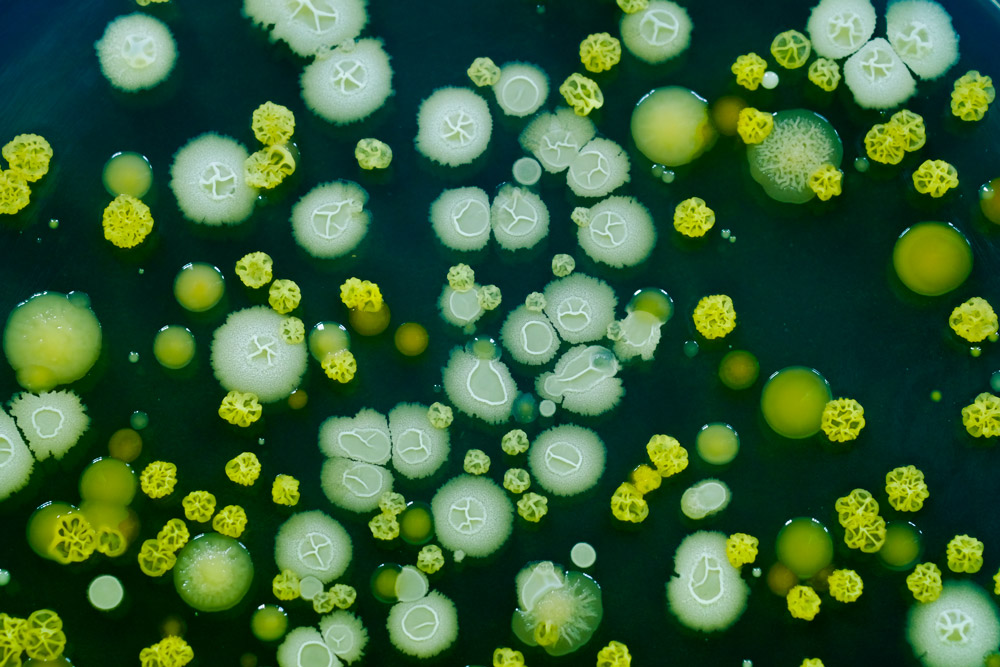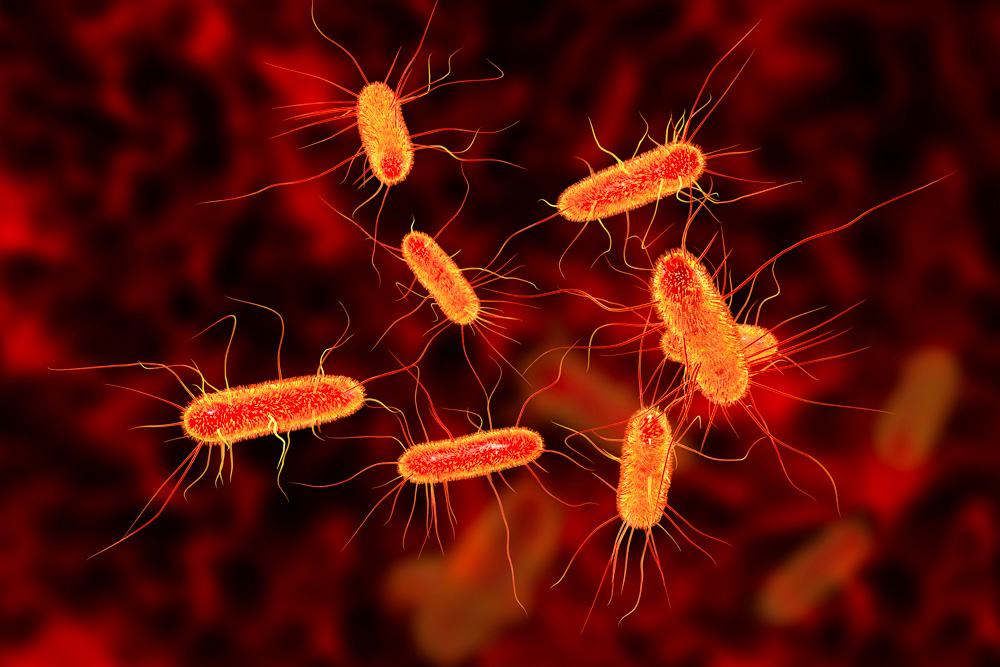Constrained proteome allocation affects coexistence in models of competitive microbial communities
Abstract
Microbial communities are ubiquitous and play crucial roles in many natural processes. Despite their importance for the environment, industry and human health, there are still many aspects of microbial community dynamics that we do not understand quantitatively.
Recent experiments have shown that the structure and composition of microbial communities are intertwined with the metabolism of the species that inhabit them, suggesting that properties at the intracellular level such as the allocation of cellular proteomic resources must be taken into account when describing microbial communities with a population dynamics approach. In this work, we reconsider one of the theoretical frameworks most commonly used to model population dynamics in competitive ecosystems, MacArthur’s consumer-resource model, in light of experimental evidence showing how proteome allocation affects microbial growth.
This new framework allows us to describe community dynamics at an intermediate level of complexity between classical consumer-resource models and biochemical models of microbial metabolism, accounting for temporally-varying proteome allocation subject to constraints on growth and protein synthesis in the presence of multiple resources, while preserving analytical insight into the dynamics of the system. W
e first show with a simple experiment that proteome allocation needs to be accounted for to properly understand the dynamics of even the simplest microbial community, i.e. two bacterial strains competing for one common resource. Then, we study our consumer-proteome-resource model analytically and numerically to determine the conditions that allow multiple species to coexist in systems with arbitrary numbers of species and resources.
Threshold accumulation of a constitutive protein explains E. coli cell-division behavior in nutrient upshifts
Abstract
Despite a boost of recent progress in dynamic single-cell measurements and analyses in Escherichia coli, we still lack a mechanistic understanding of the determinants of the decision to divide.
Specifically, the debate is open regarding the processes linking growth and chromosome replication to division and on the molecular origin of the observed “adder correlations,” whereby cells divide, adding roughly a constant volume independent of their initial volume. In order to gain insight into these questions, we interrogate dynamic size-growth behavior of single cells across nutrient upshifts with a high-precision microfluidic device.
We find that the division rate changes quickly after nutrients change, much before growth rate goes to a steady state, and in a way that adder correlations are robustly conserved. Comparison of these data to simple mathematical models falsifies proposed mechanisms, where replication–segregation or septum completions are the limiting step for cell division. Instead, we show that the accumulation of a putative constitutively expressed “P-sector divisor” protein explains the behavior during the shift.



